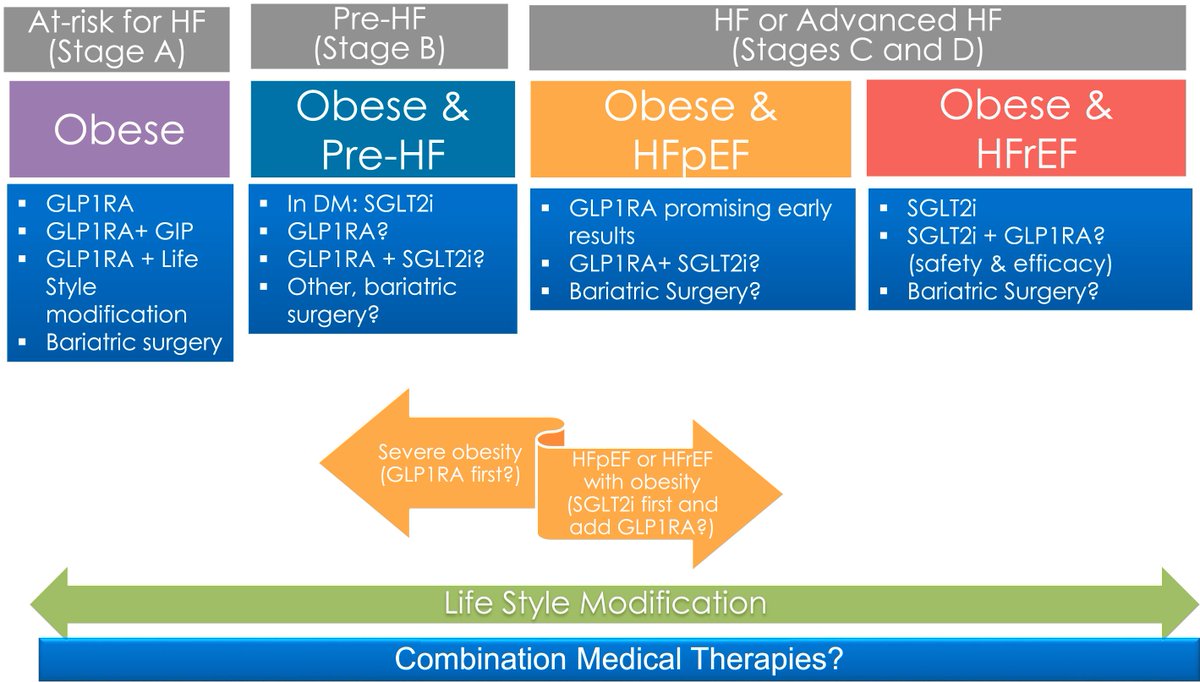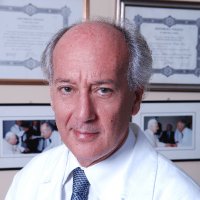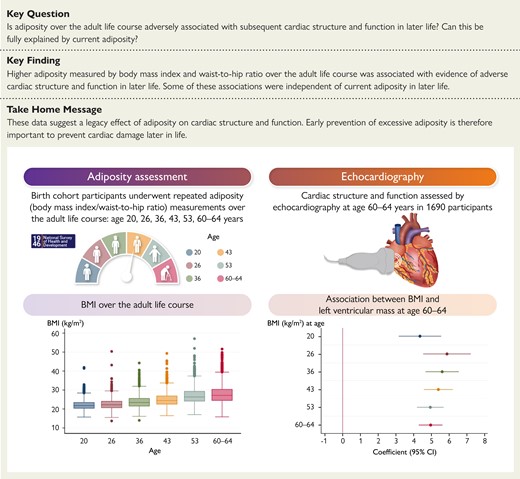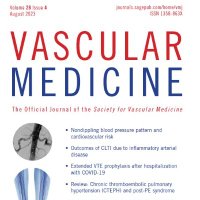
Agnes Koczo
@akoczoagnes
Cardiologist/Asst Prof @UPMC/MWRI, former Pitt fellow, passionate about care for high risk cardiac/ACHD
ID: 904020337809031168
02-09-2017 16:36:59
443 Tweet
729 Followers
486 Following

The New Era in the Aftermath of the STEP-HFpEF and SELECT Trials: Treatment of Obesity in HF jacc.org/doi/10.1016/j.… JACC Journals #JACCHF Mikhail Kosiborod A. Michael Lincoff, MD Mark Petrie


Higher adiposity over adulthood and adverse cardiac structure and function: news from the National Survey of Health and Development birth cohort! #cardiotwitter #EHJ #BMI #adiposity #adult #life #ventricular #dysfunction @ESC_journals European Society of Cardiology academic.oup.com/eurheartj/adva…


Online First! In this study, Bryan Wells Esther Kim and colleagues report the frequency of migraines and associated risk factors in patients with spontaneous coronary artery dissection. buff.ly/4c2FSW3 SCAD Research Inc. SCAD Alliance


Viewpoint by Sadiya Khan and Don Lloyd-Jones explores decision thresholds and the evidence that informs them, as well as how clinicians may respond to an updated risk estimation model, such as the Predicting Risk of cardiovascular disease EVENTs equations. ja.ma/46o9gEW


Fantastic job by Anum Saeed highlighting important topic! UPMC Heart and Vascular Institute Pitt Cardiology


Pittsburgh SCAD walk, come join us on 10/6!! UPMC Heart and Vascular Institute Pitt Cardiology

UPMC Heart and Vascular Institute is recruiting for REBIRTH: the NIH/NHLBI-funded study to determine the impact of bromocriptine on myocardial recovery and subsequent clinical outcomes in women with newly diagnosed with peripartum cardiomyopathy (PPMC)


Topline results of SURMOUNT-1 N=1.032 shows over 3y, tirzepatide vs placebo among individuals with prediabetes & overweight/obesity, reduced progression to T2D by 94% (along with ~20% weight loss). Not too shabby! investor.lilly.com/news-releases/… Eli Lilly and Company


Does the brain change during pregnancy? You bet it does. How about doing 26 MRI scans on a single person pre-conception to 2 years post-partum. WOW! Laura Pritschet and colleagues nailed it with their new paper in Nature Neuroscience. Key Points: - The authors point out that pregnancy


